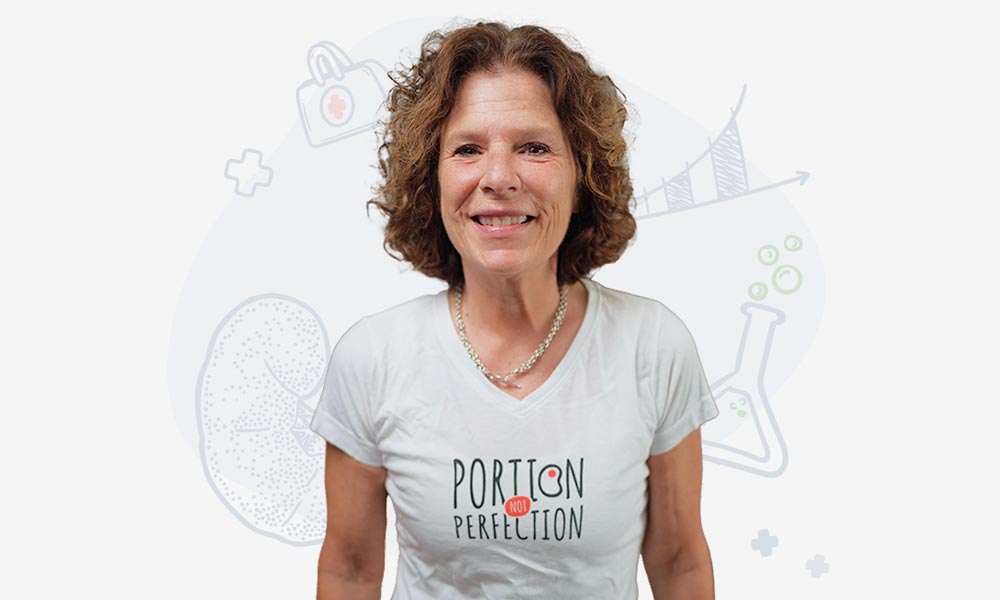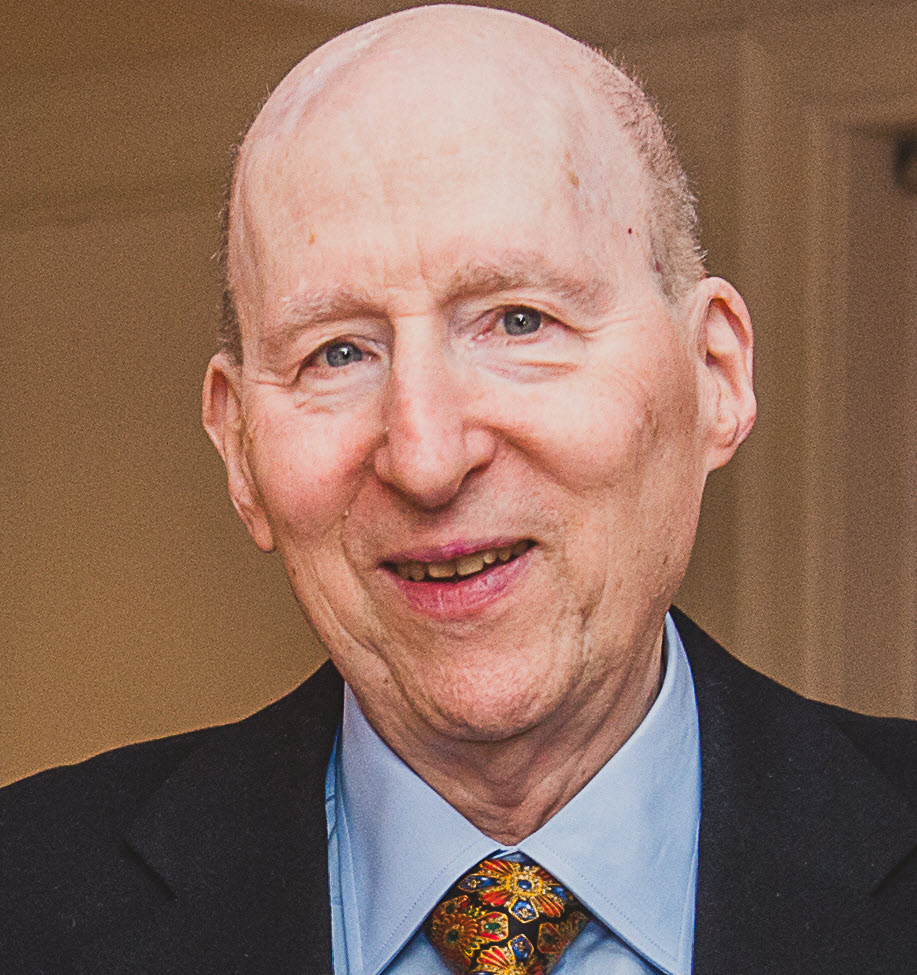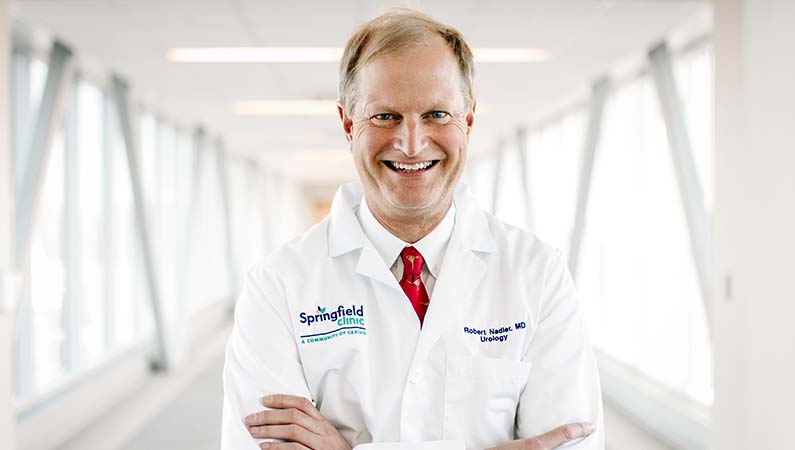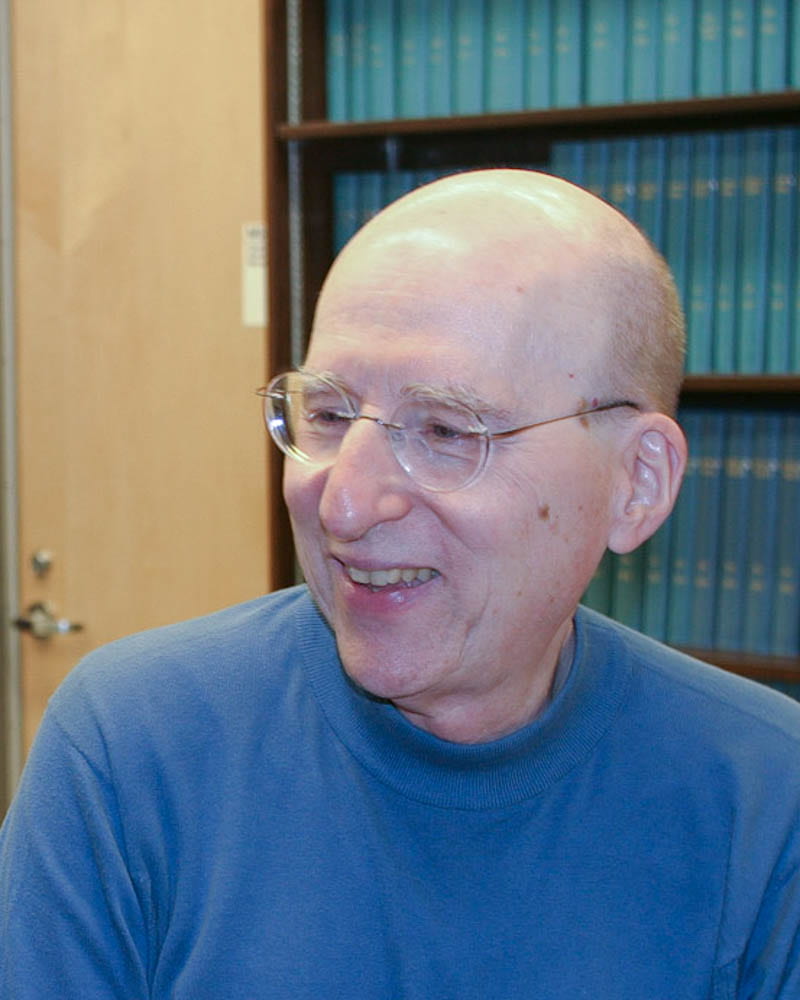I’m Jill Harris—Your Kidney Stone Prevention Nurse
I’ve been a nurse since 1998, starting my career at the University of Chicago. Early on, however, I realized I wanted to do more than care for patients AFTER they landed in the hospital—I wanted to help keep them out of there in the first place.
That realization led me to Litholink Corp, where I spent 12 years learning everything I could about kidney stone prevention. When the company was sold to LabCorp, I remained the Nurse in Residence and Customer Service Director until I felt the nudge to start my private coaching service for kidney stone patients.

But my story isn’t all straight lines and easy wins.
In 2014, I received the gut-wrenching news that I had stage two cancer. After enduring chemo, radiation, and surgeries, my cancer progressed to stage four. Believe me when I say, I understand what it’s like to feel sick, lost, overwhelmed, and bone-tired. I get how hard it is to focus on your health and start a new lifestyle when life has already knocked you down.
Read more about my cancer journey here.
While I was going through treatment, I turned to Facebook looking for groups and support. There were some but not a many. That made me wonder what was out there in terms of solid kidney stone information and support—again, I found a few scattered groups with misinformation and little guidance.
So, lying in bed, I thought, “Well, if it doesn’t exist, I’ll just create it myself!” And that’s how my Kidney Stone Prevention Facebook Group was born. Today, it’s a vibrant community of over 22,000 members where I’m an active moderator, keeping the space safe, supportive, and scientifically accurate.
Join our community here!
Over nearly three decades, I’ve learned that kidney stones can be prevented. My mentor, Dr. Fred Coe, and I developed the Kidney Stone Diet®, a research-based approach that fits into any lifestyle, dietary need, or preference. The diet is built on practical goals that reduce kidney stone risk while keeping life delicious and doable.
Learn more about the Kidney Stone Diet® goals here.
I’m all about providing real, actionable, science-backed information—no fluff, no fad diets, just clear steps to help you take control of your health.
Whether through my weekly newsletter, the hundreds of free videos on my YouTube channel, or personalized coaching, my goal is always to make prevention feel possible (and maybe even a little bit fun!).
I know firsthand how hard it can be to change, but I also know that every small step counts. With patience and time, you, too, can prevent kidney stones. Credible information is critical to making effective change and regaining your health. You’ll find that here.
Watch my Kidney Stone Diet Podcast for tons of free information about the Kidney Stone Diet®. Don’t forget to hit the subscribe button here.
You can also listen on Spotify, Apple Music, and anywhere you listen to podcasts! I keep it practical, easy, and fun because that is what learning should be about.
Thank you for being here—it’s truly an honor to serve you.
Oh! And click here to see what others have said about me over the years.
Your friend and advocate,
Nurse Jill
Testimonials From Colleagues
Dr. Fredric L Coe
Professor of Medicine, University of Chicago

It was at Litholink in the 1990’s and 2000’s that we first worked together. Jill took over the group of people serving Litholink customers who needed to understand how to collect their 24-hour urines and eventually how to understand what they were for. There were 15 people in all, including Jill, and more or less all were busy most of the day with callins. Doctors caught on and began telling their patients to ‘just call Jill’. A lot of times they asked about medical matters as well as diet, so John Asplin and I would help Jill be sure the advice was alright. But she was a nurse and most of the time already knew.
After LabCorp purchased Litholink, in 2006, Jill and I both moved on and came together again later and for a related reason. I was anxious to reach out to patients as opposed to only physicians and built a blog site to do it with. It seemed to me that patients who understood their disease could better put into action what their physicians recommended. Up till then I had written only for physicians but knew from Litholink days that their time for any one patient was necessarily very constrained, for a lot of reasons they have no control over. That was why Jill mattered so, then.
As the site grew, it was the same thing all over again. It had to be put into action through someone who could work directly with patients. The site might be informative, but how to do it needed someone to teach. That brought us back together where we are now.
Jill already knew what it was to talk with patients and help them do the things they need to do for prevention of more stones. That led her to create her courses, her Facebook page, and her private practice for those who needed it.
To me, this may be a new paradigm in how to prevent stones on a large scale. Websites can offer as much knowledge as anyone needs, and a system like Jill’s, native to the web, can serve a lot of people efficiently and at a fair cost. That’s how it seems to be working out right now, and why it is so much fun and so constructive for us to be back together again.
Perhaps my best personal testimonial to Jill’s work is that I have partnered with her to advance the cause of stone prevention worldwide. But there are other important facts about what she does. We have collected real data. The first cohort of patients who gave her before and after 24-hour urine collections, achieved remarkable reductions of urine oxalate and calcium oxalate saturation, reductions that match those from a large and well funded clinical trial. This means that what she does works. Right now she is collecting more of the same, for all of her patients willing to share their data. I am quite sure that with more we will find the same. What can be more important?

